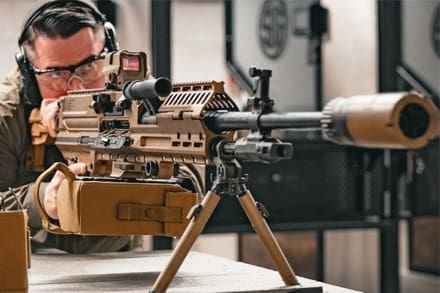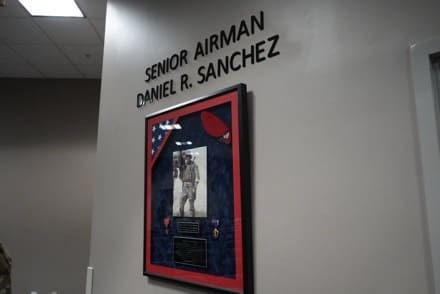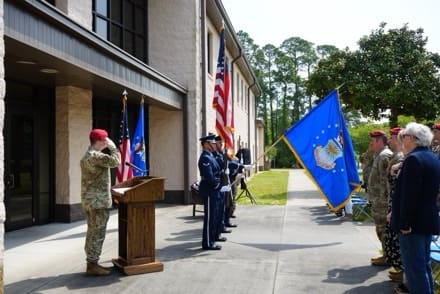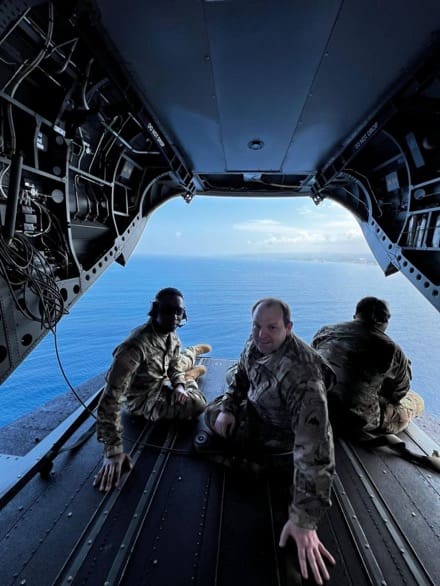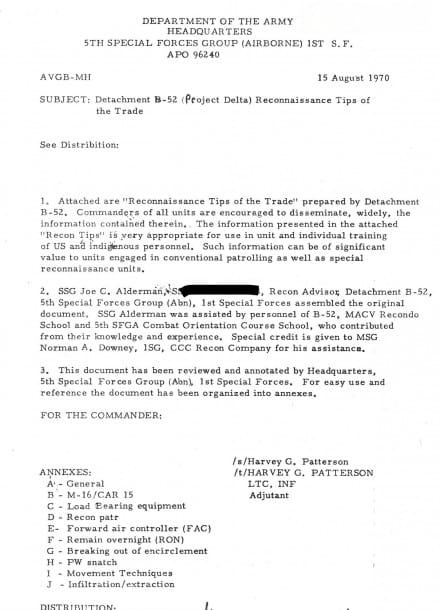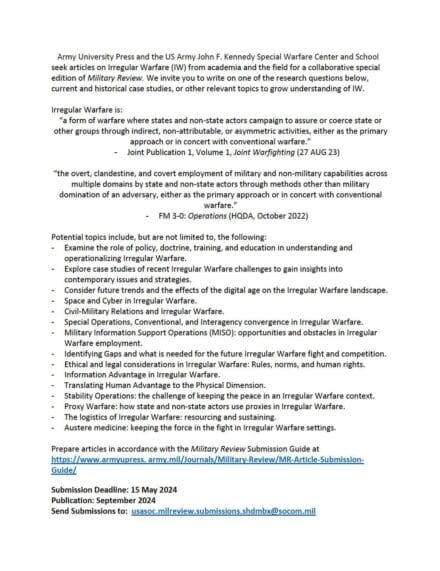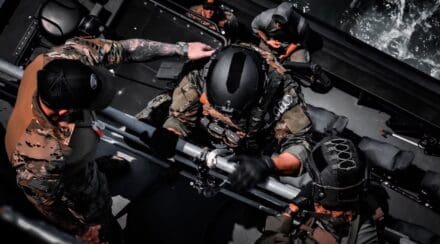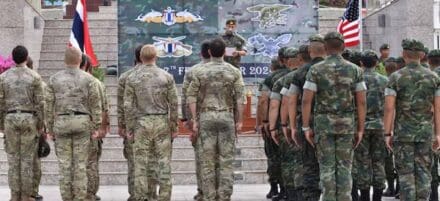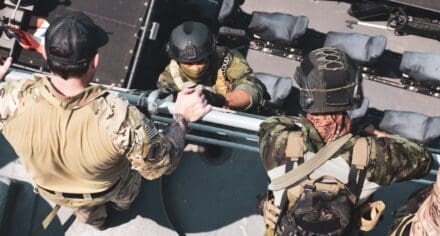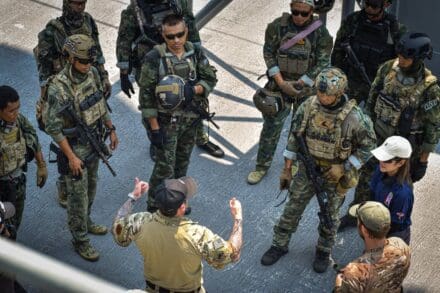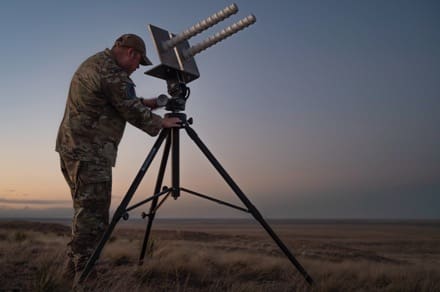
HURLBURT FIELD, Fla. —
Air Force Special Operations Command, in collaboration with the United States Space Force Special Operations Element (USSFSOE), unveiled the 527th Space Aggressor Squadron full suite of capabilities for the first time during its annual Emerald Warrior exercise, underscoring the unique and invaluable role of USSF Guardians in advancing SOF Space integration.
Emerald Warrior is an AFSOC-sponsored combined joint exercise that provides realistic, relevant, high-end training to prepare special operations forces, conventional forces and international partners for the evolving strategic environment.
The USSFSOE coordinated Guardian support to deliver specialized space expertise, space-related intelligence and integration over the three-week exercise. As representatives of the newest service, the USSFSOE is responsible for space coordination and support to U.S. Special Operations Command.
“The United States Space Force Special Operations Element is strengthening the SOF-Space relationship by integrating our service capabilities into SOCOM exercises like Emerald Warrior,” said Maj. Jonathan Green, USSFSOE plans and programs chief. “These exercises and training opportunities provide Guardians and SOF personnel with much needed interoperability for future joint operations.”
Support for the exercise from the 527th SAS included joint personnel from the USAF, USMC and USSF.
During the exercise, they replicated satellite communication and GPS-based electromagnetic interference to emulate a contested, degraded, operationally limited environment prevalent in areas of operation around the world. This support provided operators the real-world experience that they require.
“Our team allows units to operate in a realistic radio frequency limited environment, providing commanders the benefit of preparing their units with the most effective training,” said U.S. Marine Corps Capt. Bryan Hernandez, 527th SAS mission commander.
“The relationship between the USSF and special operations is imperative as we address next-generation challenges related to great power competition,” said Green. “We will continue to integrate space capabilities and personnel with special operations to meet joint warfighter needs.”
By Maj Jessica Gross & 1st Lt. Cassandra Saphore, Air Force Special Operations Command Public Affairs
